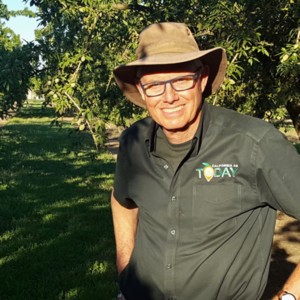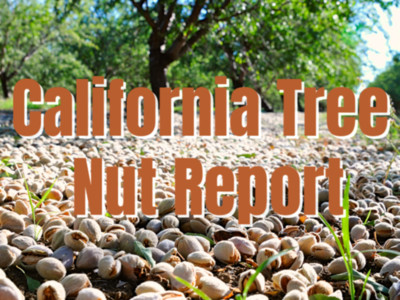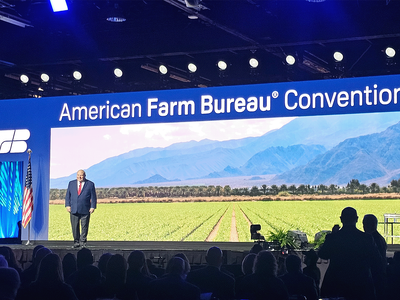The Ecology of Navel Orangeworm
Houston Wilson is a tree nut and vineyard entomologist UC Riverside-based at the Kearney Ag Center in Fresno County.Wilson knows that navel orangeworm behavior. “I want to talk about navel orangeworm, its broad ecology. So, it has multiple potential hosts that it can make use of. Tree nuts are of course the most preferred host of this insect. They overwinter as a larva in remnant mummy nuts that are left behind after harvest,” Wilson said. “You have this period over the winter during which the insect is fairly immobile. It's in those mummy nuts. It's a great opportunity to go in there, do crop sanitation to get rid of those. Larvae pupate and develop into adults in the spring, and so the first flight is in March or April,” Wilson said.
Wilson noted three or four flights per year. “And the navel orangeworm population exponentially grows over the course of the years. They're able to make use of initially mummy nuts, which are our poorer hosts, but viable hosts, as they're able to then start reproducing on new crop nuts later in the summer. It’s a better host, and there's more of them available,” noted Wilson.
“And navel orange worm’s ability to damage any of these tree nuts is mediated by hull integrity. So, they're not able to get through the hull of these tree nuts. It's really hull-split or husks-split, at which point you have the nut vulnerable to naval orangeworm,” said Wilson.
















